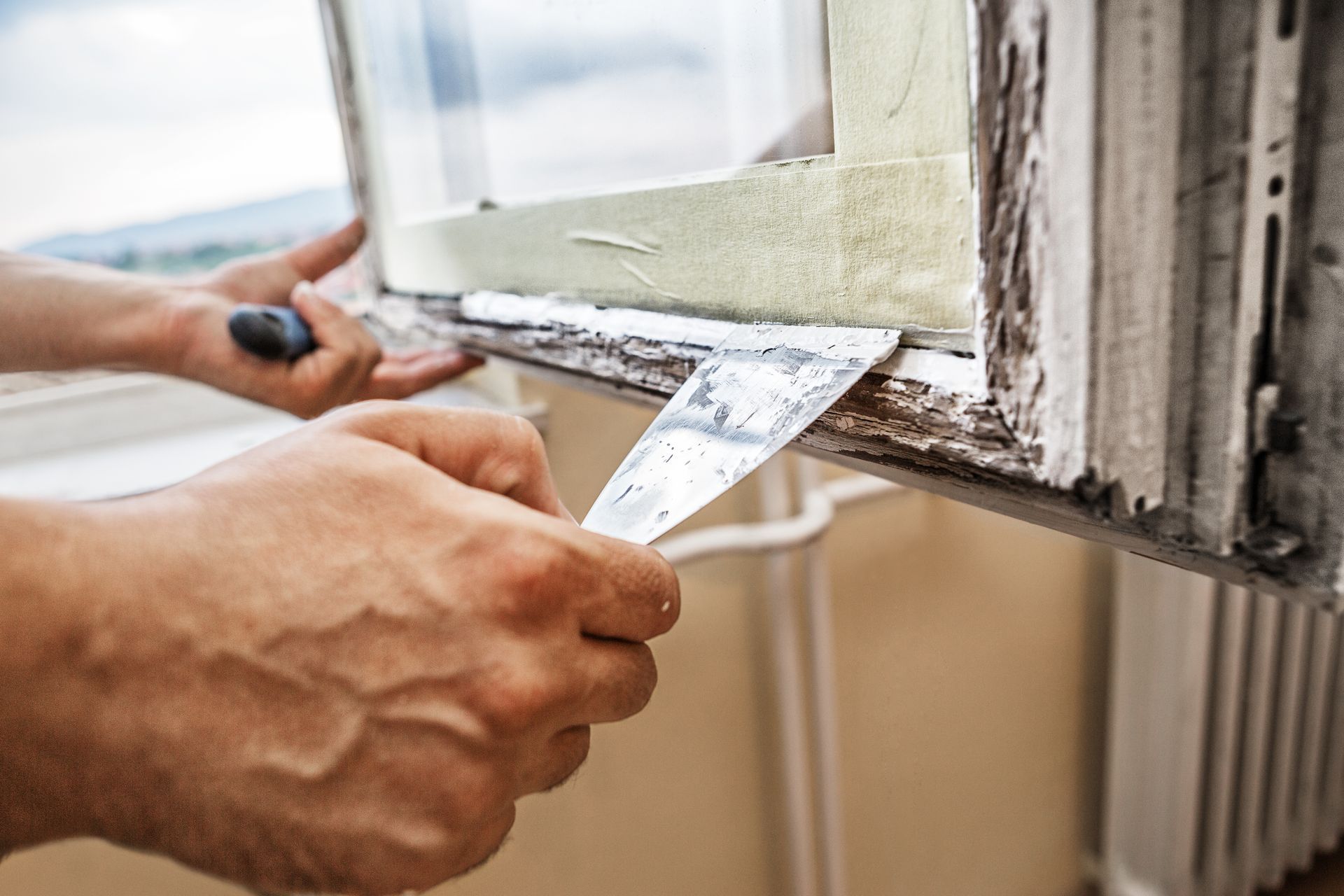
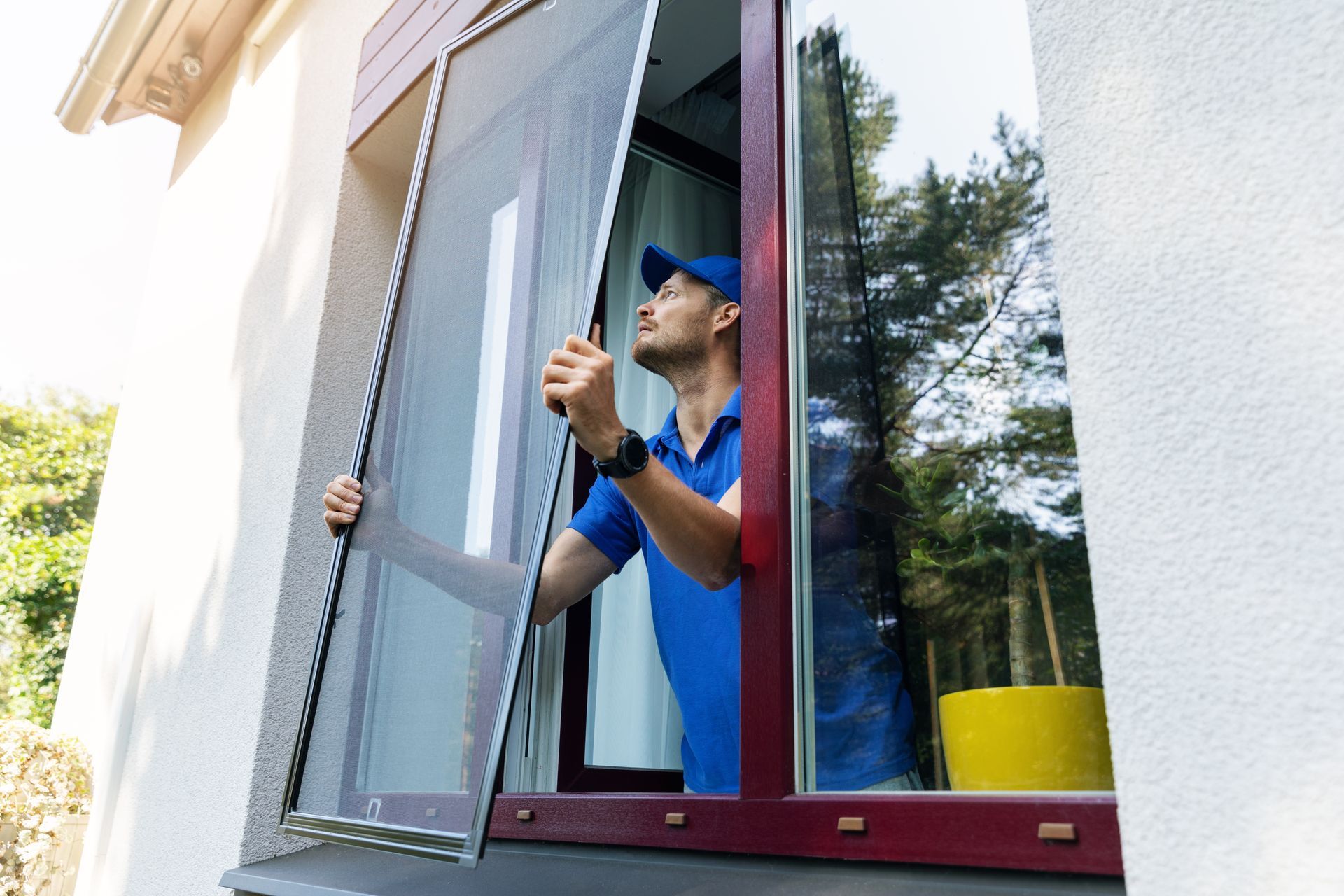
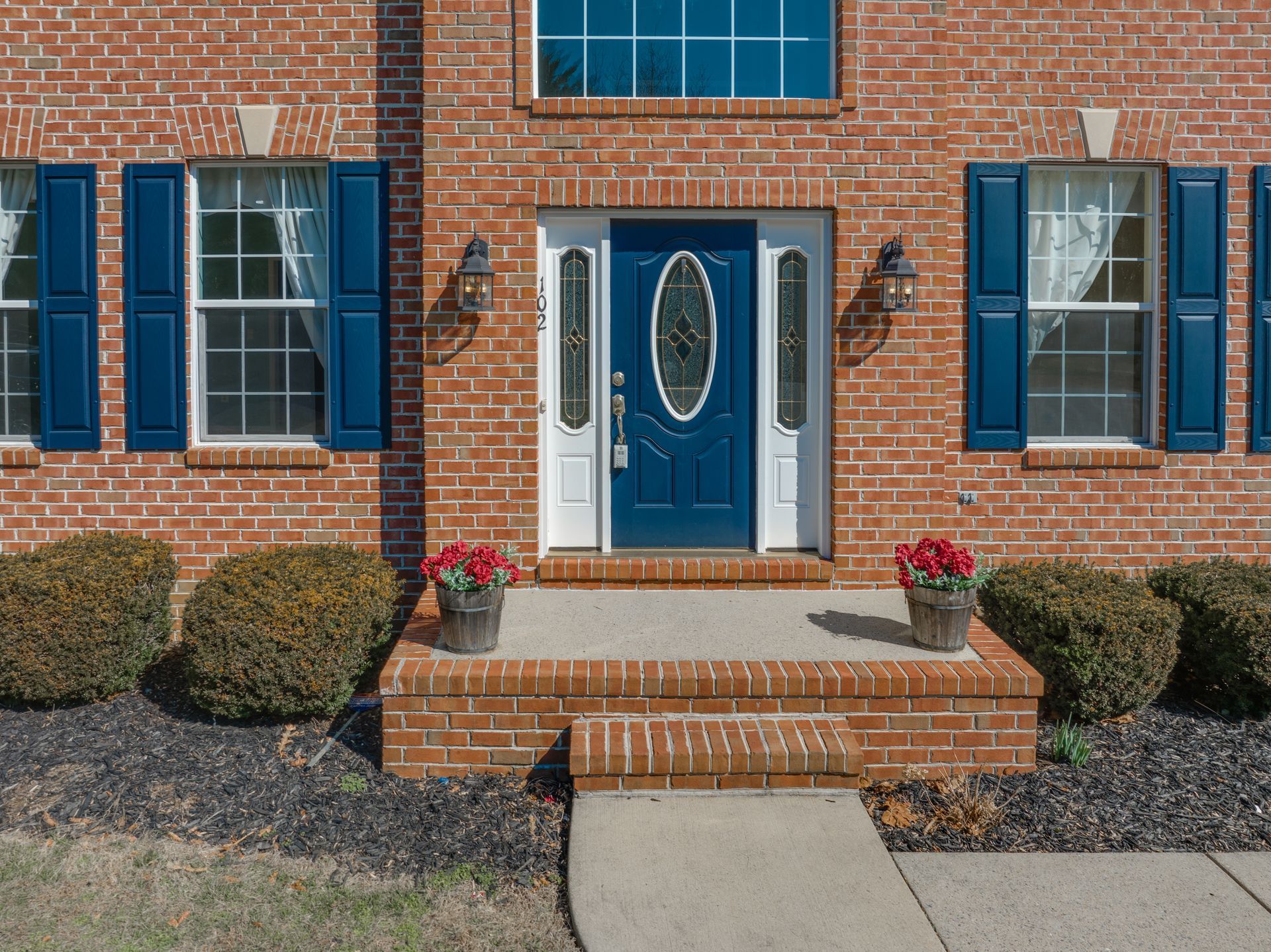


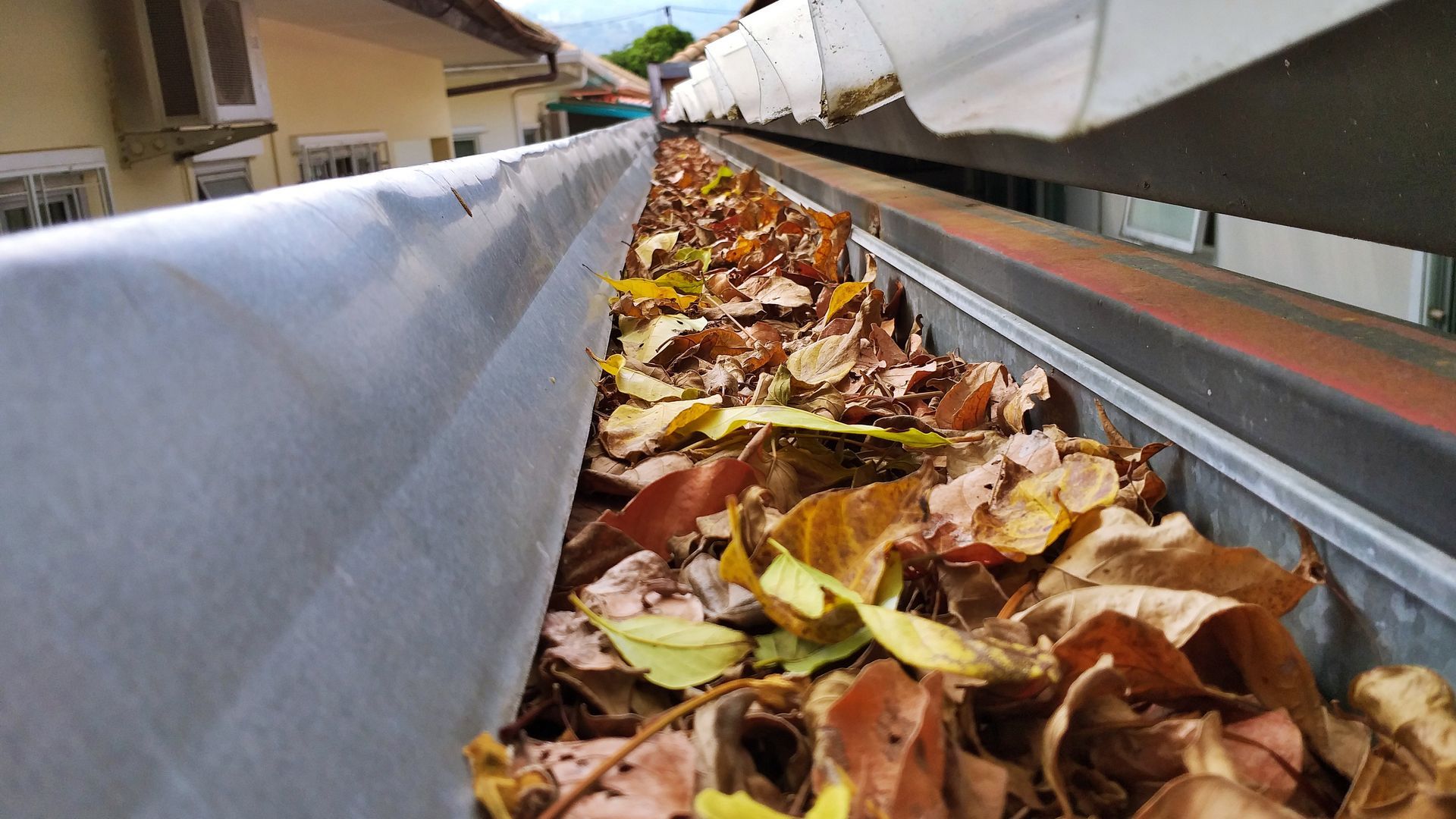
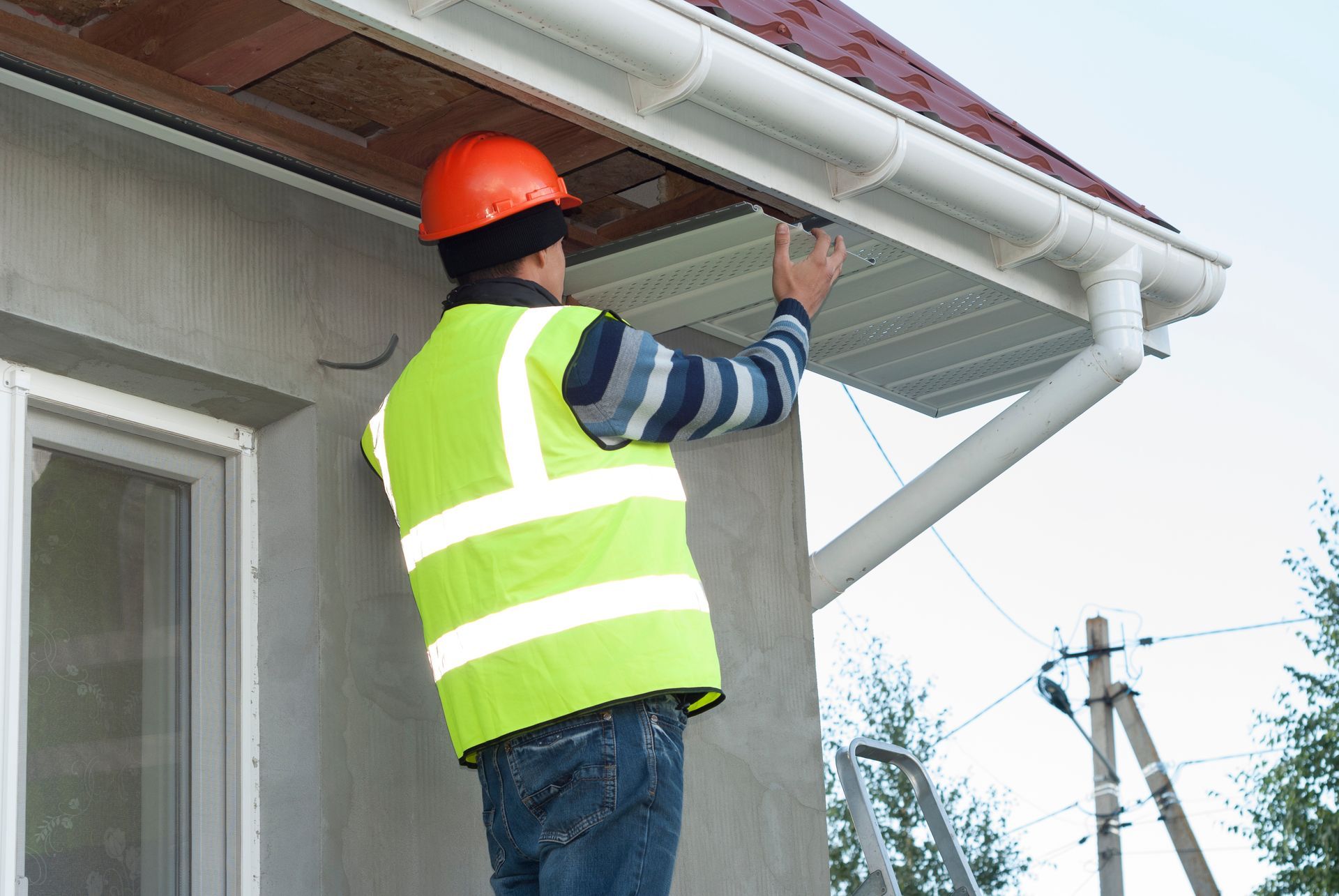
Fascia board is an often-ignored component of your home’s roofing system. It is critical to the integrity and safety of your roof, and a damaged fascia board can lead to damage in other areas of your home, including but not limited to the roof and attic.
Because the fascia board is so interconnected with other vital components of your home, it must be replaced when damaged. How do you know when your facia board needs to be replaced? And how should you move forward with repairs or replacement? Let’s take a look!
The fascia board is the long piece of wood, PVC, or aluminum that borders your roof. It gives a roof a nice, finished appearance, but its function is more than just aesthetic. Fascia board protects the underside of your roof from water damage. It also supports the weight of most gutter systems, as it is the most sturdy and reliable place for gutters to be installed on a roof.
Like gutters, fascia board is integral to protecting your home from water damage. This makes it extremely important to make sure your fascia board is safe from water damage. Fascia board can be susceptible to water damage when gutters are leaky, clogged, or otherwise faulty and overflowing. If your fascia board shows signs of water damage, it likely needs to be replaced.
Your fascia board should be replaced if it shows signs of the following damage:
While we recommend hiring professional roofers for fascia board replacement, those homeowners more adept with home renovation may be interested in exploring the possibility of a DIY approach. Considering taking the project on yourself? Review these instructions thoroughly before deciding if this is a project you are up for taking on. Also, bear in mind that any DIY work done on or near roofing could void your roof warranty. So make sure you are aware of this risk first!
Begin by examining your fascia board to determine the extent of the damage. Ideally, only a small section will need to be replaced, rather than the entire perimeter of the board. Once you’ve inspected the fascia for damage, you will need to measure the existing board’s size to choose the right replacement board. Make sure your replacement board material matches the current board as well.
Since gutters are typically mounted to the fascia board, these will need to be removed as well. If you have seamless gutters, this can be a rather extensive process. Please contact a professional gutter installer for help, especially as DIY gutter installation and removal could void both your gutter and your roof warranty! The drip edge will also need to be removed, but it can possibly be reused or repurposed if it is not damaged.
Pull nails out of the fascia board with the claw of a hammer or a prybar to uninstall it from your home. Be careful not to rip nails out too quickly, as this could damage other parts of the roof.
The new fascia board will be easier to install if cut down into smaller pieces, but each section should at least span two rafters to effectively nail in place. Marking the location of the rafters on your board before nailing it on can make this easier.
Use caulk or some other sealant to cover the seams, sealing each gap against water or pest entry. This is vital for protecting your new fascia board against future damage!
To further protect your new fascia board against water damage, the entire surface of the fascia should be covered with an exterior wood sealant. Once it is sealed, the fascia should either be covered with fascia trim or painted to match your home’s exterior.
Now that your new fascia board is secured and sealed, it’s ready to support your gutters and drip edge again! Odds are, your damaged fascia board was a symptom of faulty gutters, making this the perfect time to fully replace your gutters. In this case, all you need to do is schedule your gutter installation company to come out and set up your new gutters.
Hanke Brothers is proud to bring K-Guard Leaf-free gutter systems to homes all across Arkansas. These oversized gutter systems are simply the best for protecting your fascia board, as they are designed with built-in gutter protection to prevent clogs and keep water flowing out and away from your home. K-Guard is the only truly one-and-done gutter system for homeowners, with minimal maintenance and maximum curb appeal!
Contact us for a free quote on new gutters for your home!

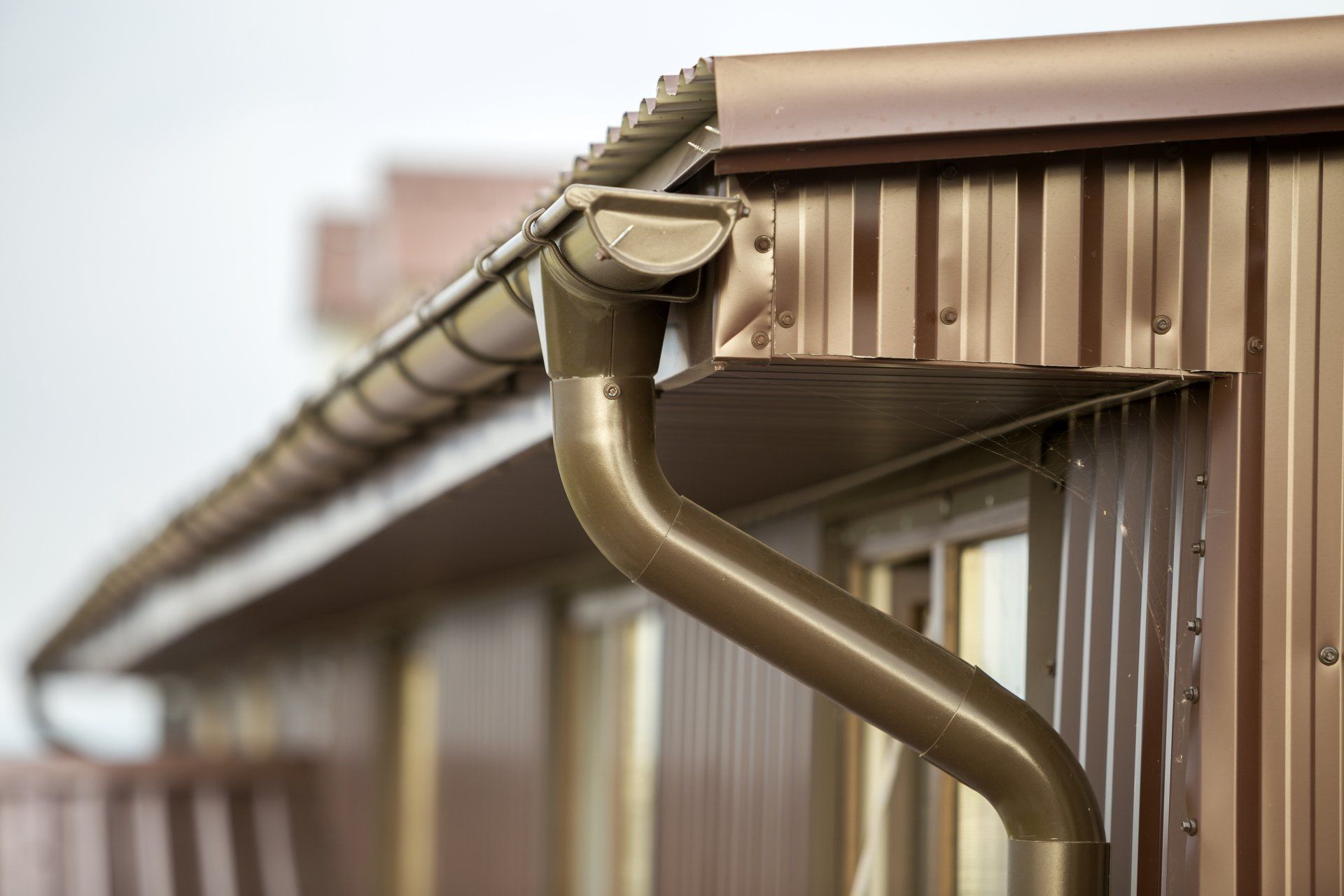

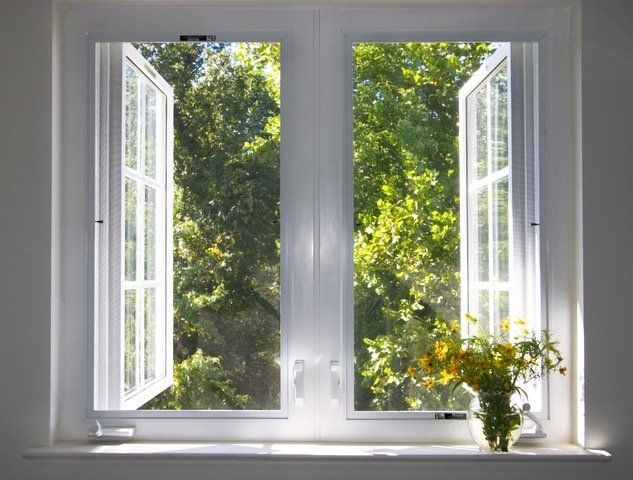




All Rights Reserved | Hanke Brothers | Web Design by Flypaper | Privacy Policy